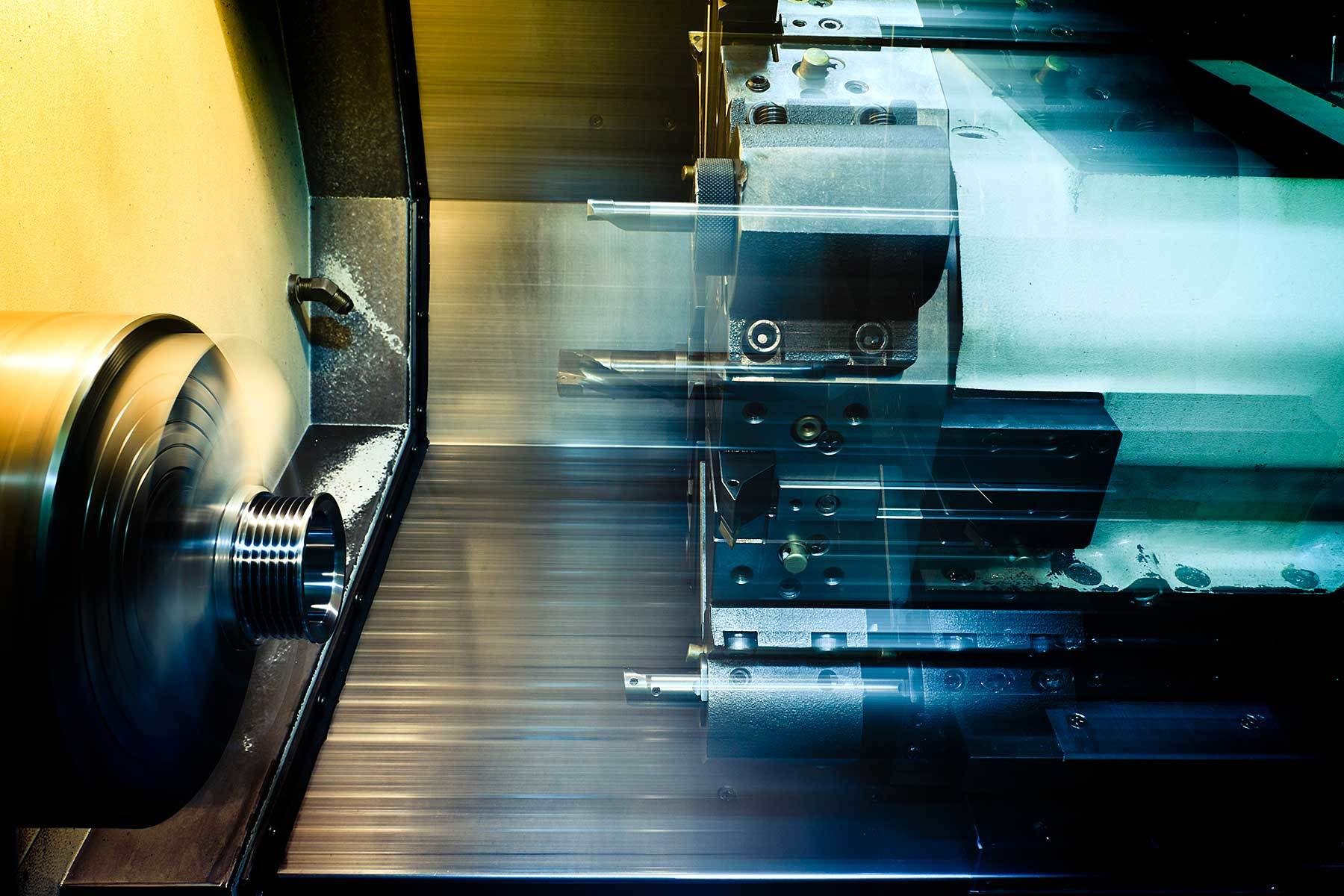Motion Control

For a product to be assembled successfully, it’s essential to move the right parts or tools, to the right place, in the right orientation, at the right time. Motion control technology makes that happen. Pneumatic actuators provide high force and speed at a low unit cost in a small footprint. Force and speed are easily adjustable and are independent of each other. Pneumatic components are inexpensive, but maintenance and operating costs can be high. Electric actuators provide precise control and positioning, help adapt machines to flexible processes, and have low operating cost. Electric actuators consist of a ball, acme or roller screw connected via a coupler to an electric motor. As the screw turns, it moves a nut, which is connected to the rod or carriage. The rod or carriage moves the load. While component costs of electric actuators are high, operating costs are low. In this section, learn more about linear and rotary actuators, electric motors, controllers and other motion control technology.
To find all suppliers of Motion Control, click one of the sections below.
Hardware & Machine Components
Motion Control, Positioning & Indexing Equipment
Pneumatic & Hydraulic Equipment/Components
Image courtesy Liuhsihsiang, iStock / Getty Images Plus
